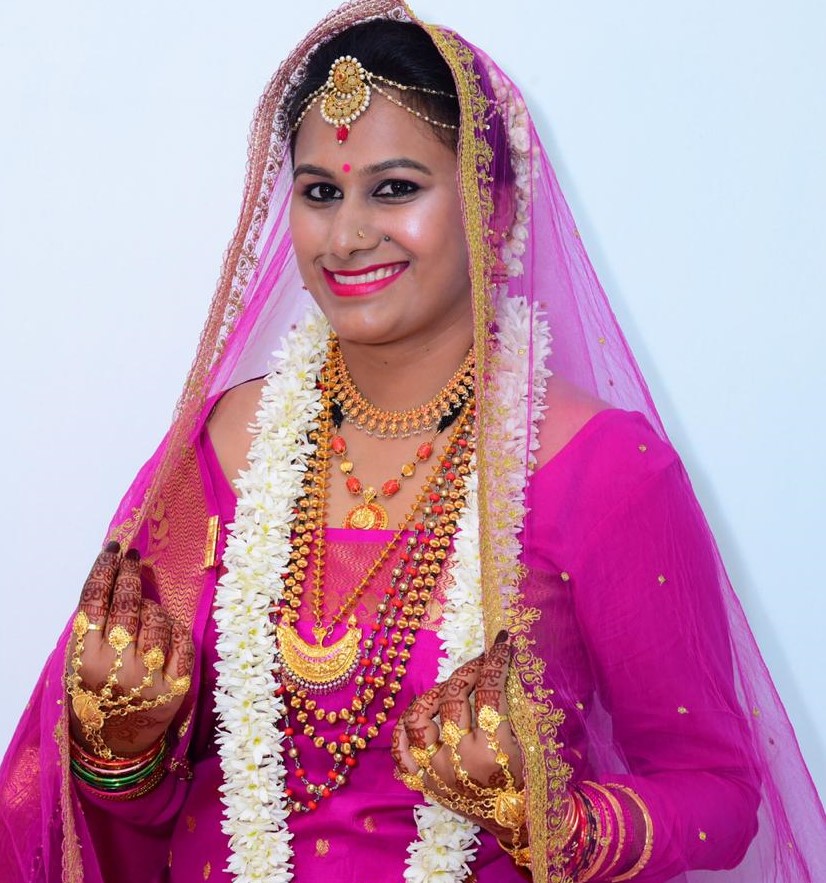
By Neelamma Subramani Poonacha*
Wedding is a memorable and eventful day for a woman. For a Kodava bride in Karnataka’s Kodagu (Coorg) district, the accumulation of trousseau is an exciting journey which starts months before the wedding.
The collection of trousseau starts with sarees and jewellery, some amazing apparels, footwears, bed linens, crockeries etc. These are basically her personal possessions she carries to her new home. It is not uncommon for the parents to start preparations for the trousseau from the time the young woman is in her college.
Typically, in the Indian culture, the bridal trousseau comes as a gift from the groom’s family. But among the Kodavas (Coorgs), the family of the groom has no role to play in the bridal trousseau since the entire responsibility of the trousseau, end to end, is borne by the family of the bride.
The wedding celebrations kick starts a week or three days prior at the bride’s house and the event is called “Potti Dumbh Chiduvo” (packing the bridal trousseau) and is attended by close family members. Preceding to packing of the bridal stuff, relatives and friends visit the home to see the new sarees of the bride and wish the bride for her upcoming new life.
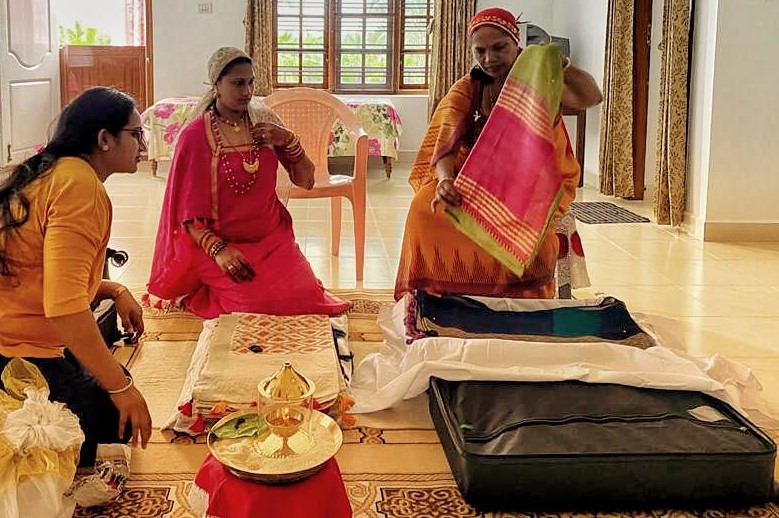
The bridal trousseau in the Kodava community is of greatest significance. Since there is no dowry system among the Kodavas, unless the bride’s family voluntarily offers to gift the groom, priority is given to the trousseau. What the parents of the bride would like to give their daughter depends on the economic status of the family.
Some mandatory essentials apart from apparels, bed linens, crockeries etc that goes into a bride’s trousseau are the sarees, traditional Kodava jewelleries and “Kacchi Mutt”(brass items). It is a practice that the count of the saree ought to be of an odd number, the minimum usually starts with 21 and goes up to 101. It all depends on the bride’s passion for sarees or on the financial capability of the family.

Although, sarees and traditional jewelleries are considered significant in a trousseau, utmost priority is given to the “Kacchi Mutt” or the brass items. Kacchi Mutt comprises of five important essential items made of brass, considered quite sacred in the trousseau.
The essentials are – Water pot– to fetch water from the well, Plate – for the bride to have her meal, small size Uruli– to be used for her hair oil, small pot – equivalent to a mug and lastly a wide bottom vessel called Bhogani. The story behind the usage of “Bhogani” that has been doing rounds within the community is that in the olden days the dwellings in the villages was made with limited facilities inside the house. If at all, the bride had to attend the nature’s call late in the night, Bhogani was of use to relieve herself, rather going out in the dark.
The brides of the olden era found these essentials very useful at their new home due to lack of amenities then. However, these items are not of much use of late, as most of the houses now are equipped with basic amenities. Nowadays, the brass items are for decorative purposes.
Last part of the trousseau is the mattress. There are no theories as such on why a brand-new mattress is given to the bride to be used at her new home.
On the day of packing, family of the bride invokes the almighty. Kodavas have the tradition of praying for the ancestors and Goddess Cauvery and Lord Igguthappa before the commencement of an event. All the bridal stuff which is to be given to the bride is placed on a mat in the main hall. Just the way, the saree count and Kacchi mutt should be of odd number, the main chests to which the stuffs are packed should also be of an odd number. One box is filled with sarees and jewellery and the remaining two are filled with other necessary items required for the bride , summing up to three, which generally holds good enough to accommodate all her trousseau belongings.
The ladies in the family help the bride to pack her trousseau onto the chest. Before packing the sarees, the best woman (Bojakarthi) of the bride sprinkles some rice grains and few whole peppers on to the chest. The logic behind this is to keep the chest sanitised and shoo away any insects from spoiling the sarees, says my mom Gowra Puttichanda.
Thereafter , in a pouch, other essentials like kartha mani (black beads which is called mangal sutra) , six black bangles, a small comb made of wood, mirror of a small size, hardened Vibhuthi, needle and thread is placed at the bottom and is followed by placing each sarees one after the other wrapped in a muslin cloth. Onto the same chest, goes the jewelleries and some cash for the bride. The significance of giving cash to the bride is for two reasons – not to be dependent at her new home for quite some time and secondly to offer money to the kids if any in the family of her groom, the day after her wedding. Thereafter, the brass items are packed and tied in a white pouch and all the packed stuff of three chests and the brass items are placed in the main hall till the day of the wedding and is carried to the wedding venue , the day bride leaves her parents’ home.
Post Muhurtam, the three chests and the Kacchi mutt (brass items) is handed over to the groom’s family signifying, now the bride is officially handed over to the new family.
Once the bride is welcomed at her new home, the following day there is a custom at the groom’s house to see the collection of sarees the new bride has brought. The chests are placed in the main hall and prior to opening, almighty is invoked by sprinkling some grains over the box.
A few decades ago, the trousseau sarees were shown to the guests right after lunch at the wedding venue itself, says my mom. There are families who do not follow the tradition of seeing the trousseau, since it’s considered as a personal possession of the bride and her privacy is respected. However, it is up to the bride to volunteer and show her trousseau to her new family.
Due to globalization, the younger generation of Kodavas may have moved out of Kodagu. These unique traditions which are part of the wedding journey are being carried forward by the community with great pride.
*Neelamma Subramani Poonacha is a freelance writer.

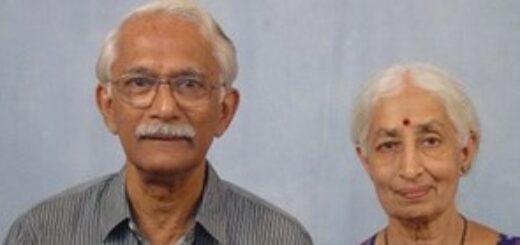
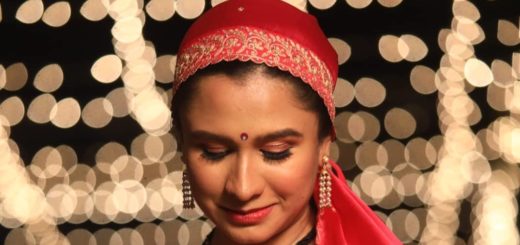


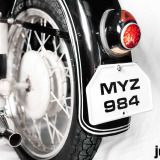


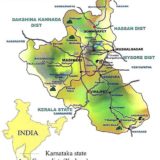




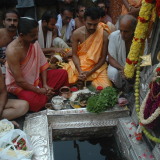







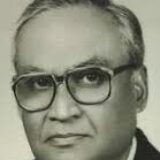



Good job Neeraj
Truly informative and interesting… Never knew these less-known or unknown aspects… Thanks for featuring this piece…
Really interesting! It’s a true treasure for the youth of today to know the Kodava culture, customs & tradition well!
Thank you …… 😊
Beautifully written with the significance, hope the coming generations understands and value the same